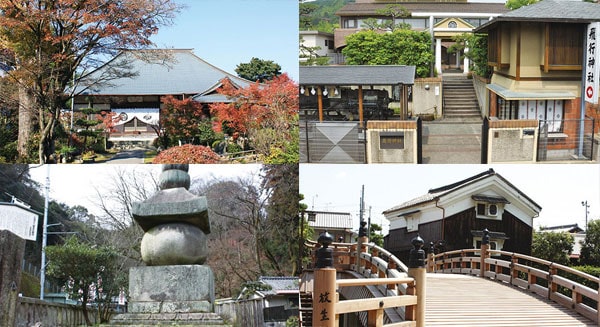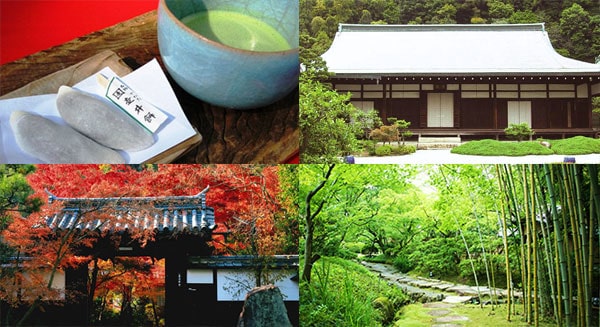Route
START!
1 Keihan Iwashimizu-hachimangu Station
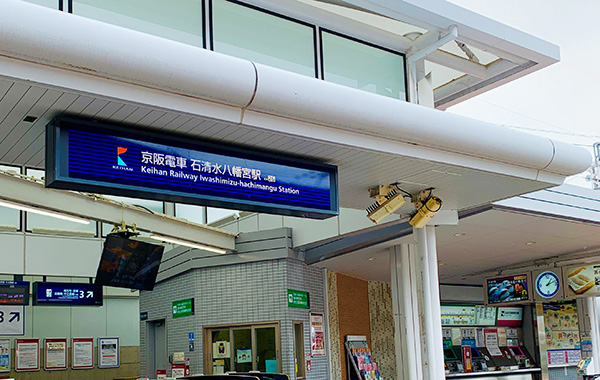
Leave Keihan Iwashimizu-hachimangu Station
Approx.
2 minutes
walk

2 Ichi-no-Torii (First Archway)
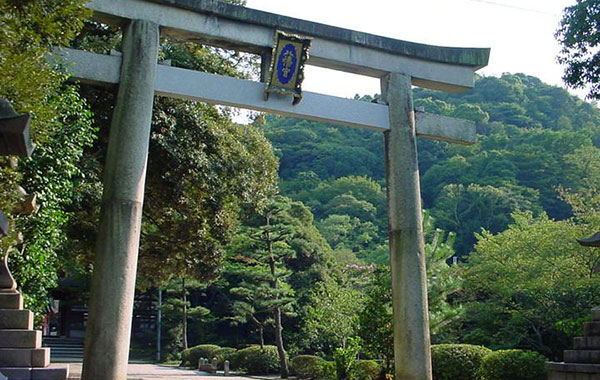
A stone torii (archway) standing nine meters tall. The characters for “Hachimangu” were transcribed by Shokado Shojo, one of the three great calligraphers of the Kan'ei Era (1624–1643), based on the characters written by Fujiwara-no-Yukinari, one of the three great calligraphers of the Heian period (794–1185). The topmost character “hachi” imitates the shape of twin doves that are divine servants.
Approx.
1 minutes
walk

3 Tongu (Emperor’s Temporary Abode)
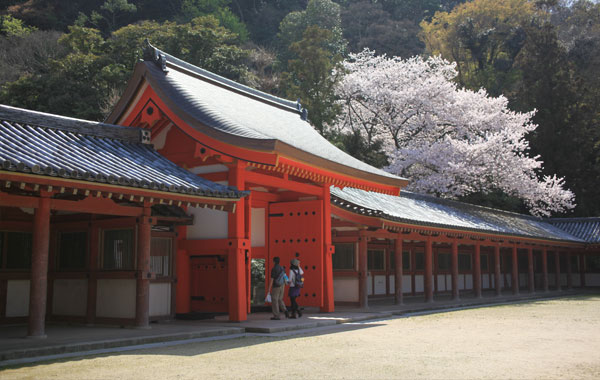
Once each year during the Iwashimizu Festival, divine spirits are transferred from the main shrine at the summit to this important shrine building.
Approx.
1 minutes
walk

4 Kora-jinja Shrine
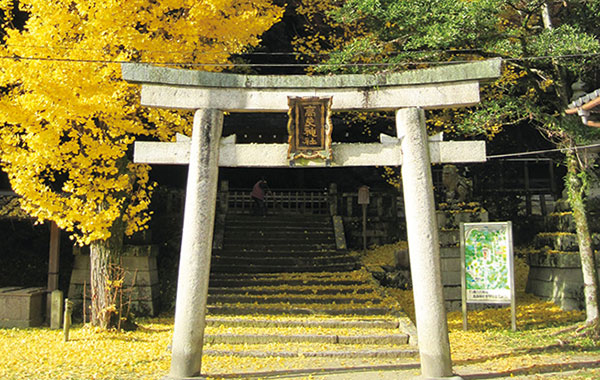
An auxiliary shrine of the Iwashimizu Hachimangu Shrine, known for enshrining the guardian deity of Yawata. Tsurezuregusa (Essays in Idleness) by Yoshida Kenko tells the story of a Buddhist monk from Ninna-ji Temple setting out to visit the Hachimangu shrine, but paying his respects at this shrine by mistake.
Approx.
1 minutes
walk

5 Ni-no-Torii (Second Archway)
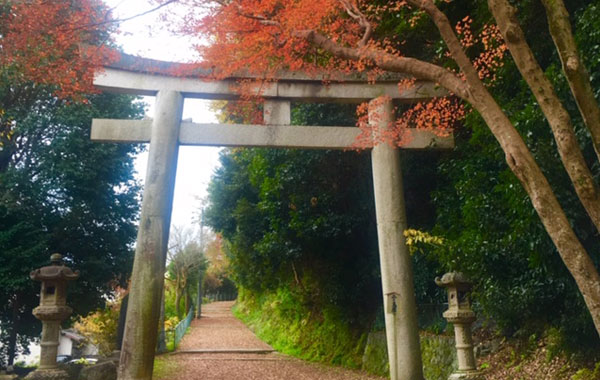
Walk along the front path to the shrine
Approx.
10 minutes
walk

6 Otobira Inari-sha Shrine
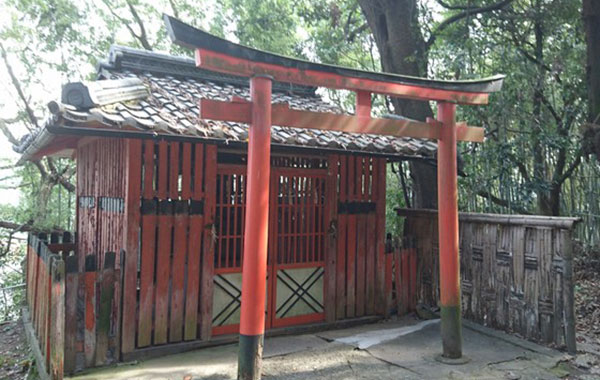
A shrine constructed around 1829. Lotteries were popular then, and when people who visited gained wealth, followers gave donations for the construction of the shrine.
Approx.
6 minutes
walk

7 San-no-Torii (Third Archway)
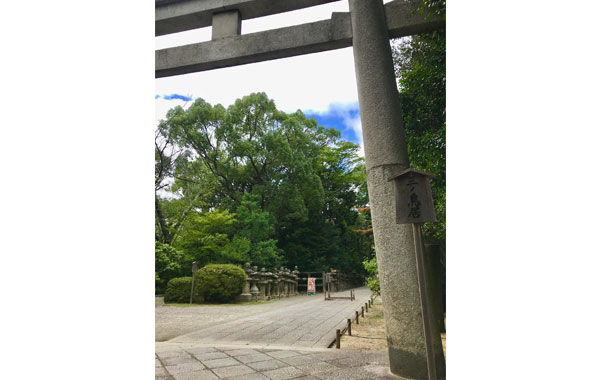
Approx.
1 minutes
walk

8 Hitotsu-Ishi (Single Stone)
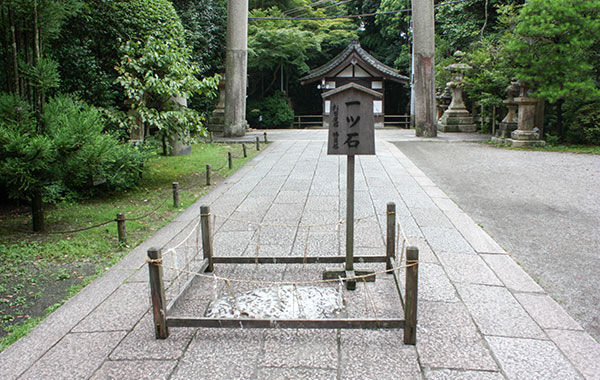
Long ago, horseback journeys and horse races started here at this stone, which offered luck at winning, and also known as the Shobu-Ishi (Showdown Stone). It is also the start point for the One hundred-prayer ritual.
Approx.
2 minutes
walk

9 Edison Monument
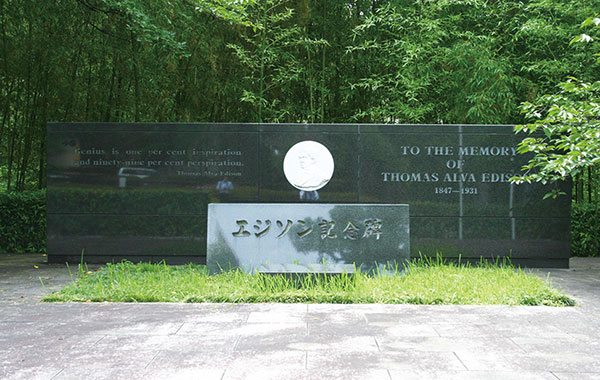
This monument was erected to memorialize the connection between Thomas Edison and Yawata bamboo.
Approx.
3 minutes
walk

10 Iwashimizu Hachimangu Shrine
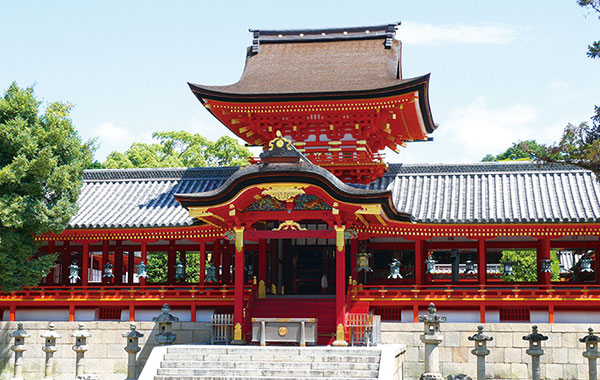
One of the three major shrines built in Japan to enshrine Hachiman, the tutelary god of warriors. The name of the shrine comes from Iwashimizu, a sacred spring on the slopes of Mt. Otokoyama. The shrine is believed to protect against evil. The current main buildings are a national treasure, and were built by Tokugawa Iemitsu, the third Tokugawa shogun. The grounds are a nationally designated historical site.
Approx.
5 minutes
walk

11 Otokoyama Observatory
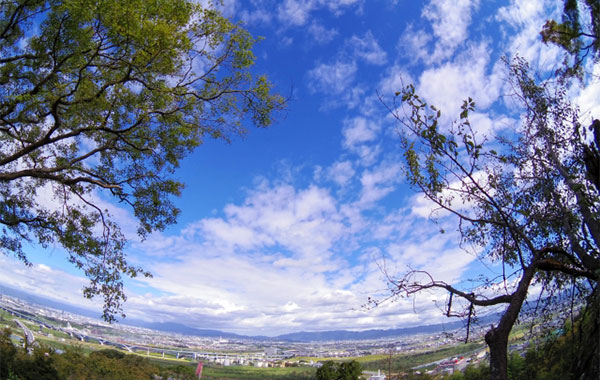
Enjoy a panoramic view of the city of Kyoto beyond the confluence of the Katsura, Uji, and Kizu rivers, and superb views of Mt. Tennozan to the west and Mt. Hiei and the Uji mountain range to the east.
Walk along the back path to the shrine
Approx.
20 minutes
walk

12 Pine Trees Planted by Minamoto-no-Yoritomo
Pine trees associated with Minamoto-no-Yoritomo, the first shogun of the Kamakura period (1185–1333).
Pine trees said to have been planted by the hand of Minamoto-no-Yoritomo himself. The current trees are the second generation.
Approx.
5 minutes
walk

GOAL!
13 Keihan Iwashimizu-hachimangu Station

Arrived at Keihan Iwashimizu-hachimangu Station

